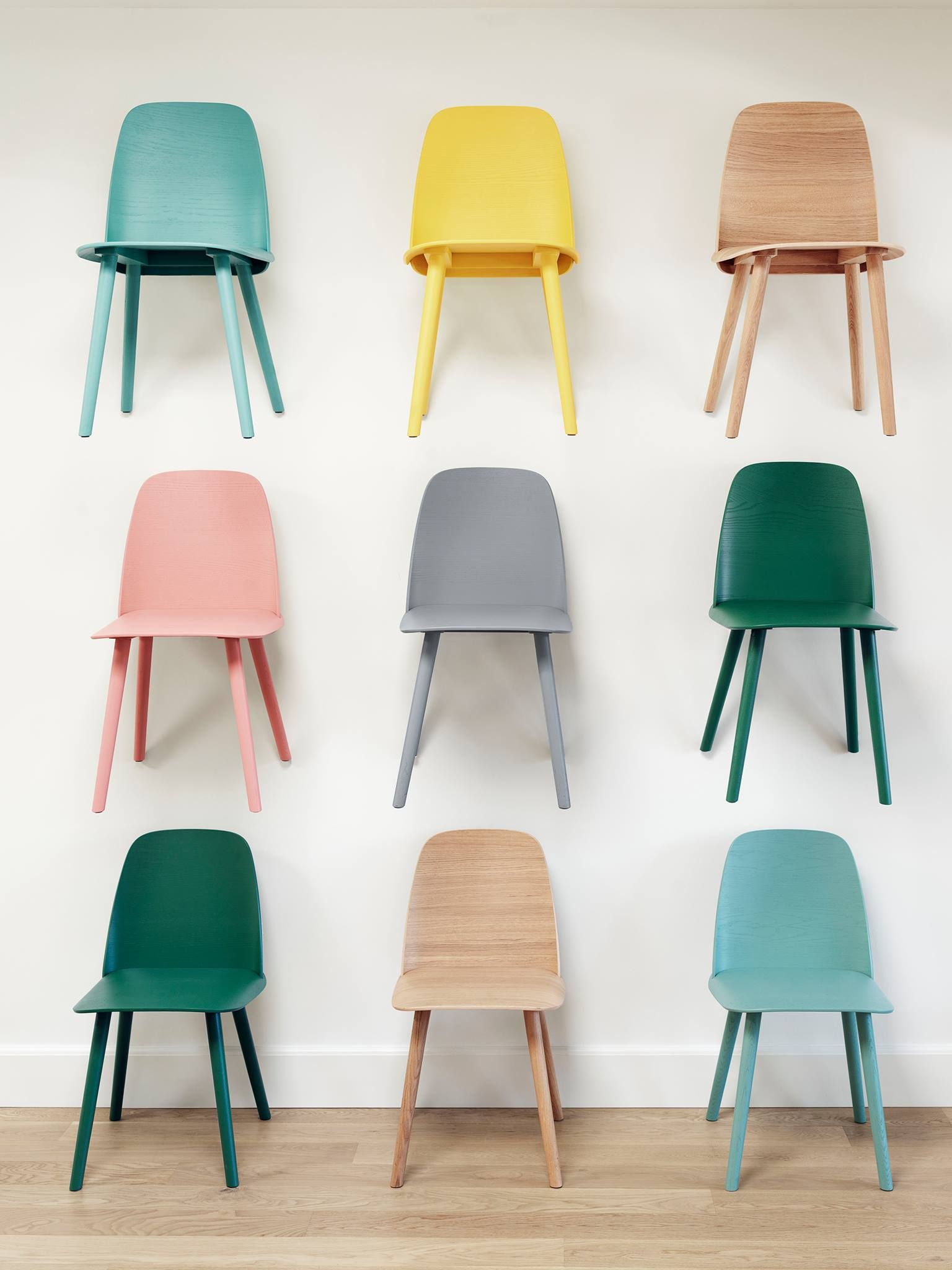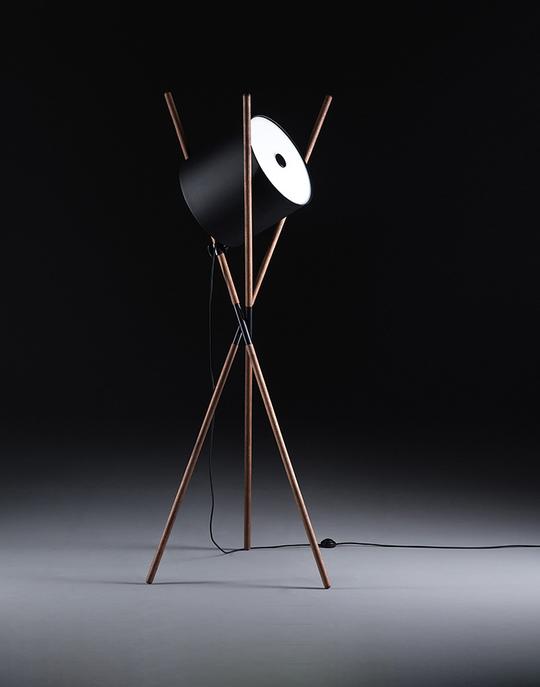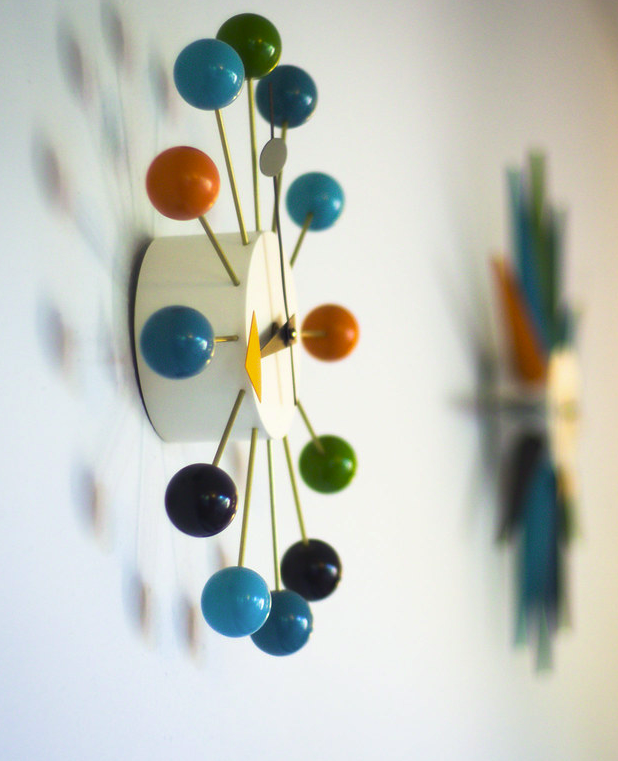Discover the charm of Mid-Century Modern’s blue and white hues in living spaces, offering a classic, rejuvenating feel.
Mid-Century Modern design, acclaimed for its seamless fusion of aesthetics and utility, extends its allure through its characteristic color palette. These colors do more than enhance visual appeal; they influence our mood and well-being. Join us as we explore the psychological significance of these colors, vital in crafting the perfect home ambiance.
Mid-Century Modern Palette: A Blend of Earthy and Vibrant Tones
Typical Mid-Century Modern interiors showcase earthy tones like olive green, mustard yellow, and burnt orange, alongside vibrant splashes of teal, cerulean, and cherry red. These hues pair harmoniously with natural materials, enhancing the overall design.
Olive Green: A Soothing Presence
Olive green, a staple in Mid-Century Modern designs, is synonymous with tranquility, offering a calming effect. It’s known to promote mental relaxation and harmony.
Mustard Yellow: Vintage Warmth
Mustard yellow brings a cozy, vintage feel. This cheerful color is associated with happiness, optimism, and creativity, uplifting the mood and sparking inspiration.
Burnt Orange: Comforting Warmth
Burnt orange’s deep, warm tones in Mid-Century Modern interiors radiate comfort. It’s a blend of red’s energy and yellow’s happiness, fostering a sense of well-being and emotional vibrancy.
Vibrant Accents: Teal and Cherry Red
Teal and cherry red, bold and intriguing, add excitement to the palette. Red stirs passion and energy, while teal, a mix of blue and green, combines green’s calmness with blue’s serenity.
The Psychological Influence of Colors
Understanding these colors’ psychological effects is key to creating a harmonious and balanced space. Colors shape our emotional state, focus, and well-being, transcending mere aesthetics.
Creating Balance and Harmony
Selecting the right shades allows for a balanced, harmonious home environment. A combination of olive green and mustard yellow, for example, fosters both relaxation and creativity.
Emotional Connection through Color
Recognizing how colors influence mood is crucial for forming an emotional bond with your space. Choose colors that align with the desired ambiance, whether it’s energetic, peaceful, or balanced.
Color and Social Interaction
Room colors can also impact social dynamics. Warm hues like burnt orange encourage conversation and social interaction, ideal for living and dining areas.
Color Combinations and Spatial Perception
In Mid-Century Modern design, contrasting colors are used to enhance spatial awareness and depth. The right mix can make spaces feel larger or cozier, depending on the desired effect.
Texture and Material in Color Psychology
In Mid-Century Modern interiors, color palettes are complemented by specific materials and textures, enhancing their psychological impact. Natural elements like wood and leather add tactile warmth, while innovative materials like plastic and metal, paired with vibrant colors, create a stimulating visual and emotional contrast.
Cultural Significance of Mid-Century Modern Colors
The Mid-Century Modern style, born in a post-war era of optimism, reflects this spirit in its color choices—vivid, lively, and optimistic. Incorporating these hues invites the era’s hopeful, forward-thinking energy.
![]()
In Conclusion
The Mid-Century Modern color palette is more than a stylistic choice; it’s a thoughtful combination with proven psychological benefits. Whether seeking a peaceful sanctuary or a creative hub, understanding these colors’ psychological aspects can guide your design decisions. Remember, the unique colors of a Mid-Century Modern interior offer more than visual appeal; they hold a deeper psychological significance.


